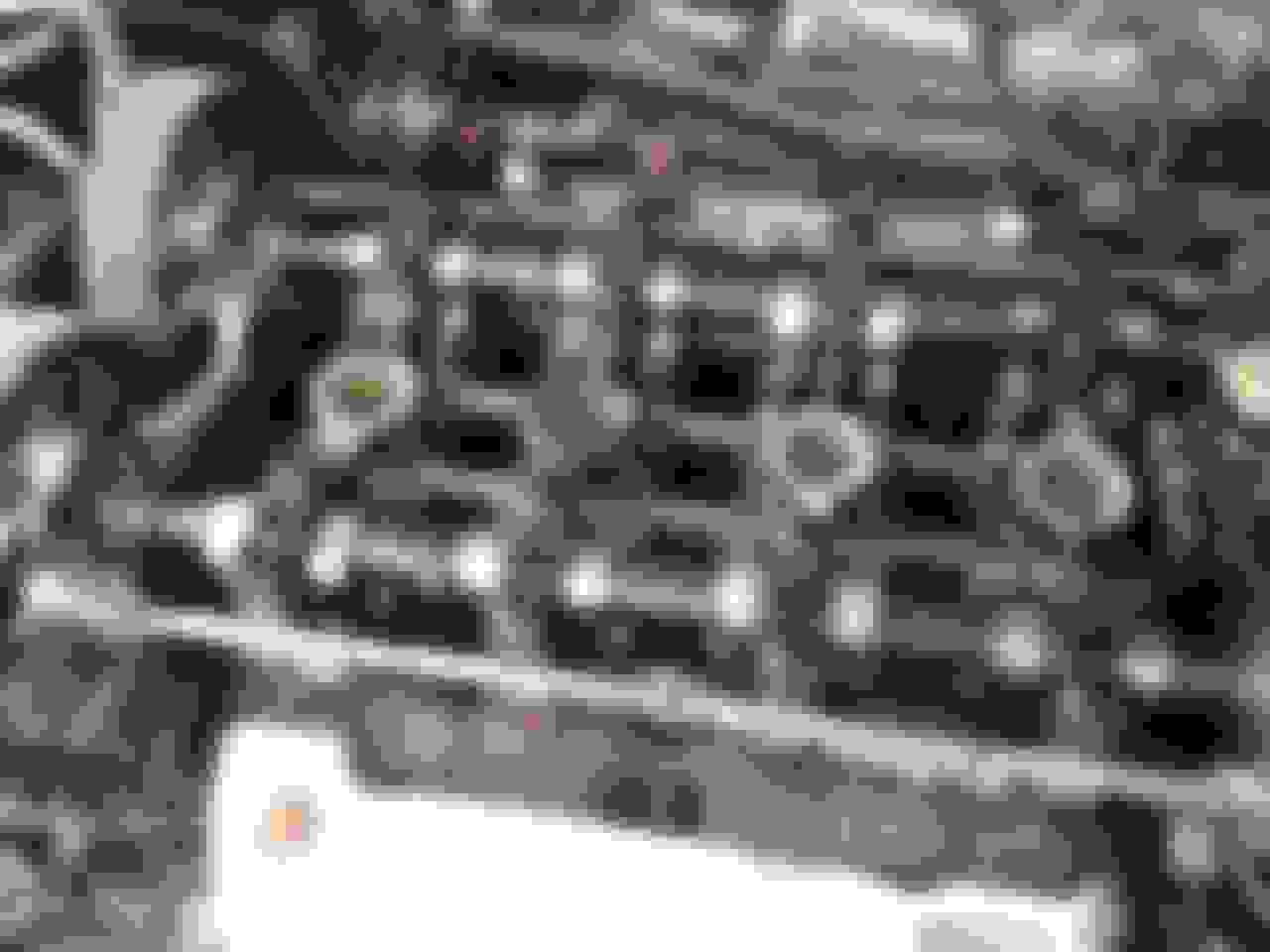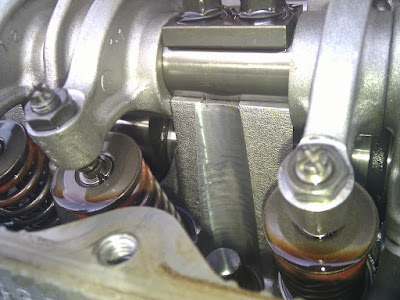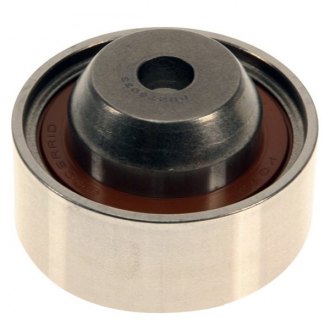
However, accelerated wear can happen when the vehicle doesn’t stick to scheduled oil changes.

Here are answers to some timing chain questions: 1. Small metal pieces in your engine oil when drained, or found in the oil filter, could mean your timing chain needs a replacement. Metal shavings in your oil: Tiny metal bits can shear off a worn timing chain. Your engine may stutter, feel sluggish, experience misfires, and hesitate on acceleration.Įngine won’t run: If your timing chain is very far gone, your engine may not run as the timing is completely off.

Valves don’t open and close at the correct time, resulting in incomplete combustion. Poor engine performance: A stretched timing chain will cause the camshaft and crankshaft to be out of sync. Damage to related components like chain guides or a chain tensioner will also produce noises like whining or buzzing. It’ll trigger your dashboard check engine light and likely store a timing-related trouble code, like P0011 or P0012 - depending on which timing component prompted the warning.Įngine noises: A loose or damaged timing chain often makes a rattling or whirring sound. When you change your belt but leave the water pump and the old tensioners (which are cheap to buy), you are taking the risk of them failing and in that case you will have to repeat the work, making an expense that you could have saved.What Are The Symptoms Of A Defective Timing Chain?Ī faulty timing chain will cause your vehicle to exhibit one or more symptoms.Īn illuminated check engine light: If your timing isn’t running right, your engine computer will detect this problem at some point. We make this recommendation because when you replace the belt, the highest cost is the work that changing it takes, and not the replacement part itself. If the belt of your Lancer Evolution activates the water pump, it is convenient that you replace it too. When changing the belt, replace the tensioners as well.
#MITSUBISHI LANCER TIMING BELT LOCATED MANUAL#
Check the owner's manual of your Lancer Evolution to know the exact data of your car. As a general rule, the life time of the timing belt oscillates between 37280 mi and 99420 mi or 5 years, whichever comes first. How often should I change the timing belt on a Lancer Evolution? This is why we recommend you to make regular inspections to replace it before it starts failing. If it breaks or fails it can provoque important damages in the valves, pistons and/or in the engine head. In a few words: The timing belt is a rubber strap that keeps the valves and the engine pistons mechanically synchronized, connecting the crankshaft to the camshaft.

What is the timing belt on a Lancer Evolution?


 0 kommentar(er)
0 kommentar(er)
